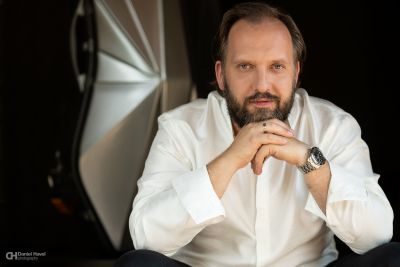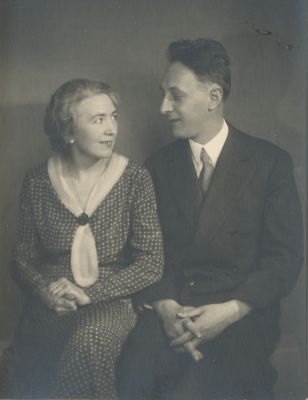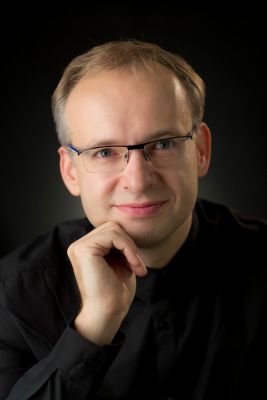TU
The Bohuslav Martinů Institute has discovered a lost work by Martinů It will be performed at a benefit concert by Petr Nouzovský and Martin Kasík.
Romance for Violin and Piano, dating from 1930, was found by the musicologist Natálie Krátká in the National Library of Israel in Jerusalem. It will be premiered in a transcription for violoncello and piano by Petr Nouzovský and Martin Kasík at a benefit concert of the Institute, which will be held at Profession House in Malostranské Square in Prague on 8 November.

The Bohuslav Martinů Institute aims to collect all available documents written by the composer and materials relating to his life and works. The Institute’s primary task is to oversee the publishing of the Bohuslav Martinů Complete Edition. This greatest project of Czech musicology is planned out decades ahead; volumes currently in preparation include the late orchestral work The Parables, H 367, or the opera Mirandolina, H 346.
The project is supported by regular benefit concerts with leading Czech and international musicians. This year, our invitation was accepted by the cellist Petr Nouzovský and the pianist Martin Kasík, following the likes of Ivo Kahánek, Mahan Esfahani, or Josef Špaček. Together, they will perform Three Piano Pieces by Klement Slavický and Adagio and Allegro by Robert Schumann. Bohuslav Martinů’s ouevre will be represented by Three Czech Dances, H 154, Seven Arabesques, H 201, Variations on a Slovak Folk Song, H 378, and the transcription of the newly found Romance for Violin and Piano.
The Institute’s scholar Natálie Krátká describes the composition’s history and its discovery: “I discovered Romance for Violin and Piano completely by chance when searching for new sources on Bohuslav Martinů. I happened upon the catalogue of the National Library of Israel in Jerusalem, which included an entry about an unknown work in 1930. It comes from the estate of a French photographer of Ukrainian Jewish origin, Boris Lipnitzki, to whom Martinů had dedicated the work. The two artists met in Paris, where Lipnitzki also operated a photographic studio. In the 1920s to 1960s, he photographed all of the prominent figures of the time there. So it is no surprise that in 1931 Martinů had his wedding photo taken there as well. Other materials that would document the two artists’ friendship are still waiting to be found.”

The Romance is positioned within the context of Martinů’s other works by the Director of the Institute, Aleš Březina: “It is the most chromatic and Impressionistic composition I have seen written by a mature Martinů. The piano’s texture is reminiscent of his early compositions and at times sounds more like Fauré. And yet in May 1930 he composed Cinq piéces brèves (Piano Trio No. 1), H 193, which is a different kind of music completely. Could it have been the stylistic preference of the work’s dedicatee? Or might it be the lost Romance, H 12, from 1910, which Martinů only hastily rewrote and redated? That would also explain the excessive use of dynamic and agogic markings, doubled verbal and graphic instructions for crescendo, the use of abrupt dynamic contrasts. But why would he do it, why would he ‘cheat’ – he, who could compose a similar trifle in a single day? It’s a mystery.”

